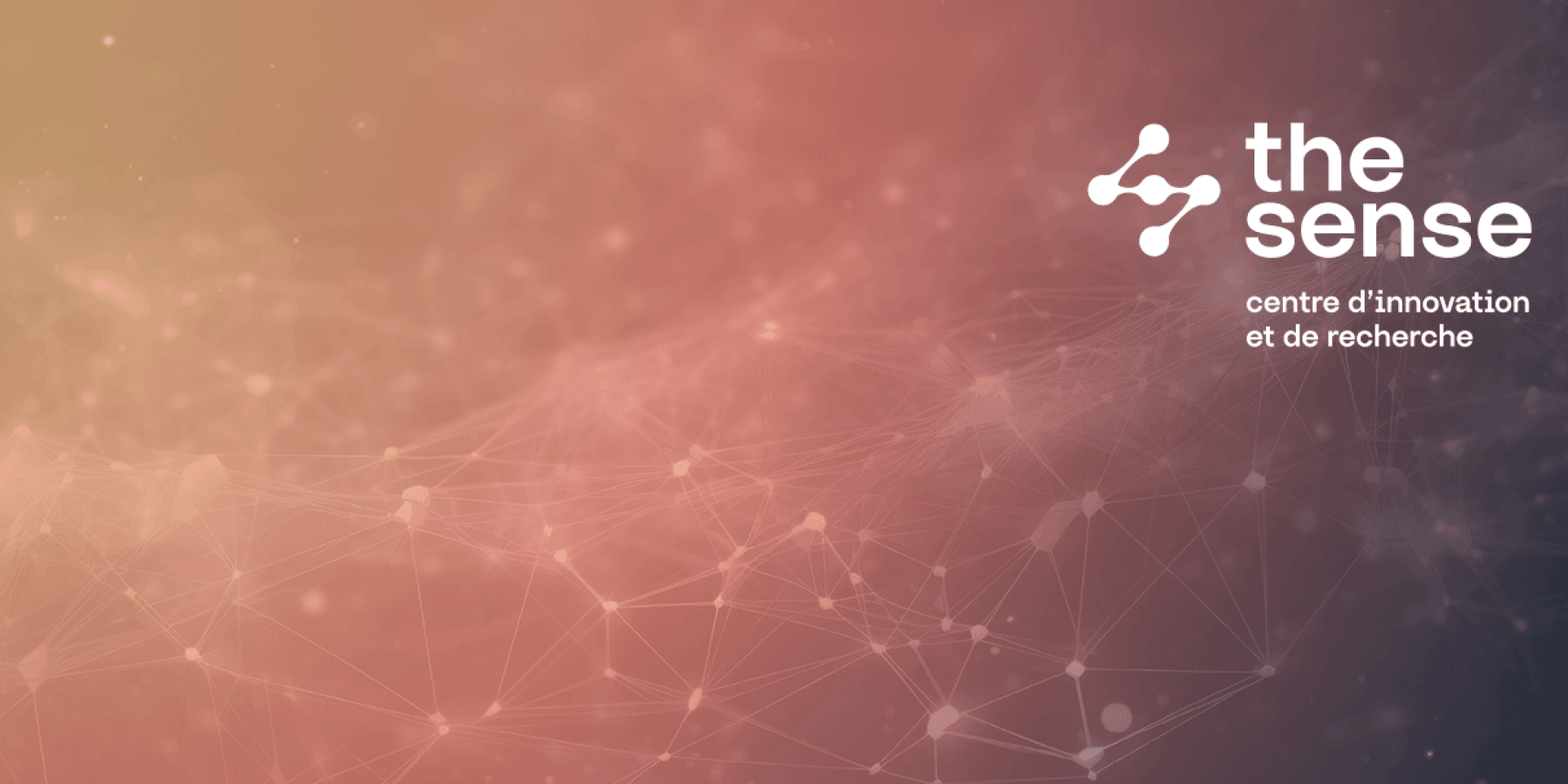Parasomnia: what happens inside the sleepwalking brain?

Most of us imagine a sleepwalker as someone who is unconsciously walking around while their eyes are closed, and their arms are stretched out in front of them. In reality, sleepwalkers typically have their eyes open and may have complex interactions with their environment. Sleep scientists refer to such abnormal sleeping behaviour as ‘parasomnia’, which can include simple behaviors like sitting up in bed and seeming confused, but also more elaborated ones like getting out of bed and moving around or screaming.
Although such parasomnias are more common in children, they also affect a significant number of adults, with about 2 to 3% of the adult population experiencing them regularly. These sleep disorders can be extremely disruptive for both the sleeper and their bed partner. Siclari and her team conducted this study to better understand what happens in the brain during parasomnias. "It was commonly thought that dreams only occurred in one sleep phase: REM sleep. We now know that dreams can also occur in other phases. Those who experience parasomnias during non-REM sleep sometimes report dream-like experiences and sometimes seem completely unconscious." To understand what explains these differences in consciousness, Siclari and her team studied the experiences and brain activity of patients with non-REM parasomnia.
Siclari's team can induce a parasomnia episode in the lab, but this requires two consecutive recordings. During the first recording, the patient sleeps normally. This is followed by a night where the patient is kept awake and only allowed to sleep the following morning. During this recording, the patient is exposed to a loud sound when entering deep sleep. In some cases, this triggers a parasomnia episode. After the episode, the patient is interviewed.
In 56% of the episodes, patients reported dreaming during the episode. "These often involved a looming misfortune or danger. Some reported thinking that the ceiling was about to collapse. One patient thought they had lost their baby and was searching through the sheets, another got up to try and save ladybugs sliding down the wall," explains Siclari. "In 19% of cases, patients reported not having any experience and simply woke up doing things, almost in a trance-like state." Another portion reported experiencing something but couldn't recall the event.
The researchers then analysed brain activity during the parasomnia episodes. They observed brain activations very similar to those of normal REM and non-REM sleep dreams, as previously demonstrated in another study. This shows that in most cases, the experiences of adult sleepwalkers are akin to dreams. This condition provides valuable insights into the experiences of patients and the brain mechanisms responsible for these experiences.
Although this study marks a first step, its importance is crucial in understanding parasomnias. This research provides valuable information on the experiences of patients while laying the groundwork for better understanding and more effective intervention in the treatment of parasomnias
